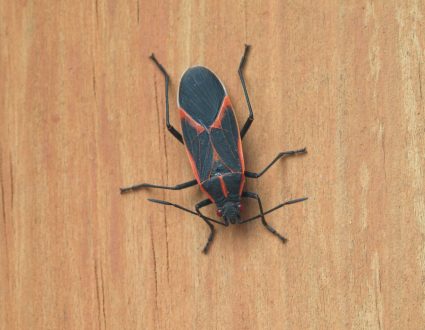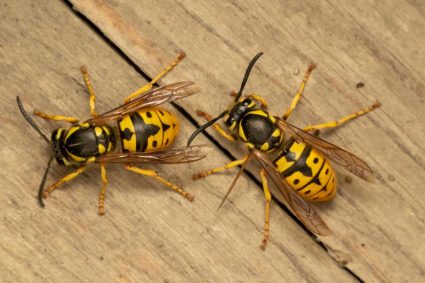
Animal droppings, also known as scat or feces, are excrement produced by animals or birds. They can vary in size, shape, and color depending on the animal species and their diet. Droppings can provide valuable information about the presence of animals in a particular area, their diet, and their territorial boundaries. It’s important to handle droppings with caution, as they can carry germs and diseases.
Animal droppings, or scat, are the excrement produced by animals and birds, varying in size, shape, and color based on the species and their diet. They provide valuable information about the animal’s presence, diet, and territorial boundaries. Droppings are crucial for wildlife studies, disease detection, and play a vital role in the ecosystem, especially in nutrient cycling and seed dispersal. They should be handled with caution due to potential germs and diseases.
Recognizing Common Types of Animal Droppings
Different animals produce different types of droppings. For example, coyote droppings are tubular with tapered ends, while deer droppings are semi-round and individual, indicating a diet of leaves, bark, and nut-producing trees. Rabbit droppings are small, round pellets, and raccoon droppings are tubular and large, often found in piles. The appearance of droppings can help you determine which animals are present in your area.
The Importance of Animal Droppings in Wildlife Studies
Studying animal droppings is crucial for wildlife research. It provides non-invasive insights into an animal’s diet, habits, and movement. Scat analysis allows researchers to uncover minute details about animals without manipulating their behavior. In the lab, scientists dissect dried scat samples to find clues about an animal’s diet, such as seeds, bones, fur, and other materials consumed by the animal. Genetic components or DNA present in the scat can reveal unexplored characteristics of the species and shed light on their lives in the wild.
Identifying Disease through Animal Droppings
Disease or health issues in animals can be detected through their droppings. Fecal testing is commonly performed on fresh feces samples to detect intestinal parasites such as worms and microscopic parasites. Fecal volatilome analysis involves analyzing the volatile organic compounds (VOCs) present in fecal samples, which can provide information about the health status of the animal.
Animal Droppings and Ecosystem
Animal droppings play a crucial role in the ecosystem, particularly in nutrient cycling and seed dispersal. Nutrient cycling helps maintain the planet’s fertility by transporting nutrients from nutrient-rich “hot spots” to more remote areas. Seed dispersal refers to the process where many plants rely on animals to spread their seeds to new locations through their excrement.
Safely Handling Animal Droppings
To safely handle and study animal droppings, it’s important to wear personal protective equipment (PPE), disinfect the area, use proper cleaning tools, dispose of waste properly, clean and disinfect surfaces, wash hands and clothing, and ventilate the area.
In conclusion, animal droppings play a significant role not just in the animal’s life but also in the ecosystem. By studying animal droppings, we can gain valuable insights into their diet, health, and habits, as well as monitor their population and support conservation efforts.
Frequently Asked Questions
What other information can be obtained from animal droppings?
In addition to diet and health information, animal droppings can also provide insights into an animal’s reproductive status. For example, female mammals’ droppings can indicate whether they are pregnant or nursing.
How can I determine the age of animal droppings?
Determining the exact age of droppings can be challenging. However, certain signs can provide a rough estimate. Fresh droppings are usually dark and moist, while older droppings tend to be lighter in color and dry.
Can all animals’ droppings spread diseases?
Not all animal droppings carry diseases, but many do. Some zoonotic diseases—those that can be transferred from animals to humans—can be transmitted through droppings. Examples include Salmonella and E. coli. Always handle animal droppings with caution to avoid potential health risks.
How do scientists collect animal droppings for study?
Scientists use a variety of methods to collect animal droppings, depending on the species and environment. These may include direct collection from the ground, traps, or even fecal flotation techniques for aquatic species.
Can I identify animal droppings in my backyard?
Yes, you can identify animal droppings in your backyard by observing their size, shape, color, and location. However, accurate identification may require a field guide or consultation with a wildlife expert.












